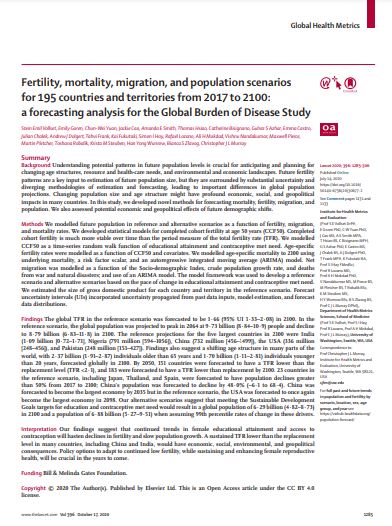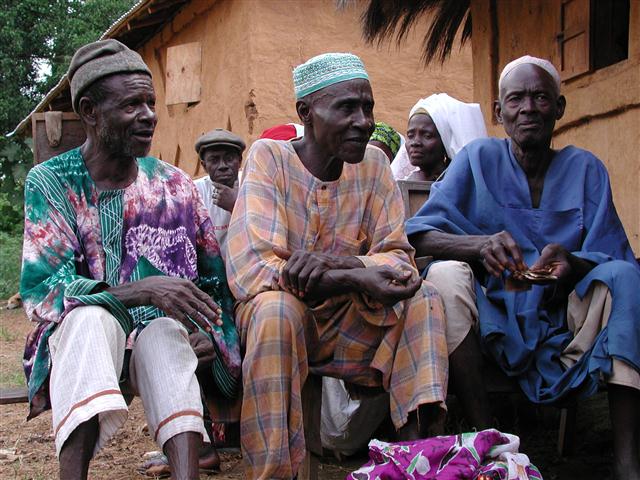Job losses has Nigerians turn to pensions for lifeline
Pension savings have become an immediate lifeline for Nigerians as rising unemployment forced more people to draw on their balances for day-to-day expenses. This development has seen workers in both the public and private sectors who lost their jobs fall back on pension savings to survive current economic hardships. Data from the National Pension Commission shows that at the end of the fourth quarter of 2023, a total 10,307 Retirement Savings Account (RSA) holders, otherwise called contributors, requested to access 25 percent of their balances...










